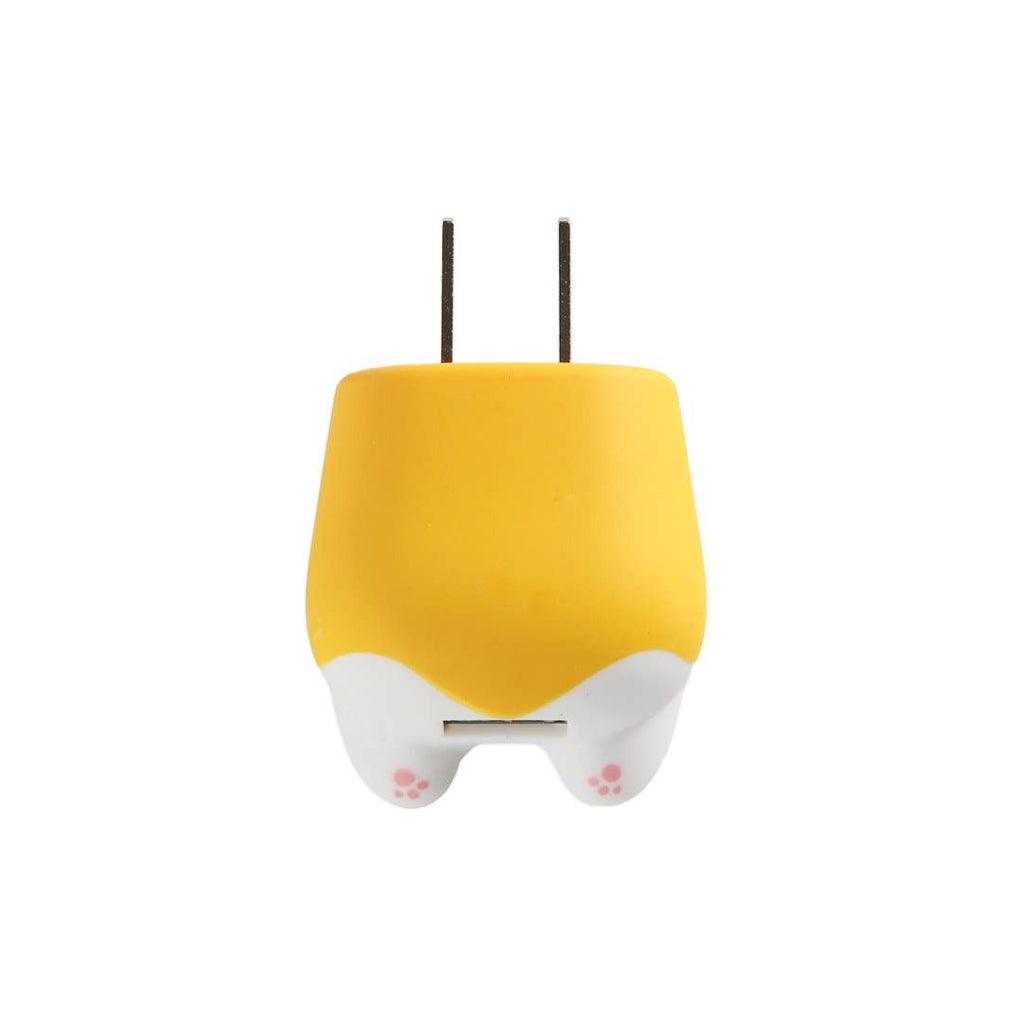Things to Know Before Your Next Shave: Shaving Tips and Tricks for Women
Hair may be found almost anywhere, including the limbs, armpits, bikini area, as well as on the face. With so many options for getting rid of it, you'll like to figure out what works effectively for you. So have a look at the brief descriptions of each approach listed below. Consider a number of shaving types if you want further insight on any of them. Of course, given your mother and big sister may have years of experience with either of them, seek their advice as well.
There are two kinds of razors available: electric and manual. A corded electric razor is available, as well as a chargeable and wireless version. Multiple blades can be piled on top of each other in a throwaway or safety razor. It can give you a very clean shave.
Shaving, contrary to popular belief, does not cause hair to regrow thicker. That is a common misconception. Shaving just eliminates hair from the surface of the skin. The harsh stubble you might feel on your legs or underarm is produced by the sharp edge created by shearing the hair. Whenever you initially begin shaving, you may not discover that you need to shave every day unless your hair growth is quite dense. Many women with lighter skin tones shave just once or twice a week. Your hair will grow rapidly as you become older, and you might need to shave quite regularly.
Here is our definitive guide to shaving, whether this is your first experience or you would just like to understand how to properly keep your skin from discomfort.
Exfoliate Prior to Shaving
Are you confused about whether you should scrub pre or post-shaving? Try exfoliating preceding the shave if you really want a smoother and longer-lasting shave. Exfoliation removes any exterior dead tissues and makes it easier for your razor to slide across your skin. Thus, exfoliating your skin prior to actually shaving is preferable to exfoliating it afterwards. Otherwise, you could irritate your skin even more. For optimal results, try using a loofah. A mild scrub in the shower will also do justice.
Single Blade Razors Are a Good Place to Start
Single-blade razors are far less prone to cause scratches than double-blade razors. However double-blade razors will definitely give you a higher level of shaving accuracy. As a result, mono blades are appropriate for rookies, who should utilize them till their experience and technique improve.
The Right Amount of Shaving Cream, Gel or Soap
Spread a generous, uniform layer of shaving soap, cream or gel over the entire region you want to shave once you've moisturized it. Shaving using these specialized gels and creams helps prevent loss of moisture and also adds an additional layer of barrier to prevent scratches, scrapes, and hair tugs during shaving, hence reducing the occurrence of irritating razor bumps and skin damage afterwards. This is additionally curial if you already have extremely delicate skin. Shaving gels and creams also help you see where you've just shaved. This eliminates the need to re-shave across any spots, reducing the risk of skin inflammation.
Keep the Razor at the Right Angle
Tilt your razor at a 30° angle and softly shave. You should always position your razor at a comfortable angle, which would likely be about 30 degrees. Make absolutely sure that the razor's head is pointing down towards your feet when you're using it.
Taking Care of Your Razor
Many razor blades are good for up to 5 or 10 shaves. You should also keep in mind if your razor blade is fresh, sharp and clean, even if you're using a single-use plastic or disposable razor. This reduces the likelihood of the blade pulling on your skin hair or seeming abrasive as it glides over your skin. It's necessary to upgrade your razor if it is starting to do just that. Post shaving thoroughly rinses your razor, allow it to air dry, and store it in a dry location in your washroom.
Avoiding Razor Cuts
- It is strongly suggested that you shave in a warm shower or bath. Water moisturizes and soothes the epidermis, making shaving more comfortable and less likely to cause nicks.
- Furthermore, don't let people use your razor. Not only does this make it unhygienic but also exposes your skin to numerous skin diseases the other person might have dormant.
- Prior to actually shaving, spray warm water on your skin or even soak it in for a few moments. After that, liberally apply a liquid such as shaving foam or unscented soap. Take five minutes for the lotion or gel to moisturize your skin before shaving.
- Although it's usual to shave your underarms against the direction, the majority of the girls prefer to shave against the direction since it gives them a higher level of shaving accuracy.
- Take your time. It's crucial to shave carefully and slowly. Allow the razor blades to do the heavy lifting. Don't slam the razor down very hard on your skin. You're more likely to be cut your skin if you hurry.
- Shave in the angle of your hair growth, including downwards on the leg because leg hair usually grows straight down. If you don't, you risk getting razor burns if you have delicate skin.
- Replace your razors on a regular basis. Itchy hives and inflammation can be caused by a blunt blade irritating your skin. A worn blade might also make it easier to injure your skin.
- Apply cream or moisturizer after gently cleaning the shaved area with mild soap and warm water. This will assist in preventing skin from drying up.
- Utmost care should be given for areas around the ankle and knee areas. These sections are relatively prone to get cut due to their form.









